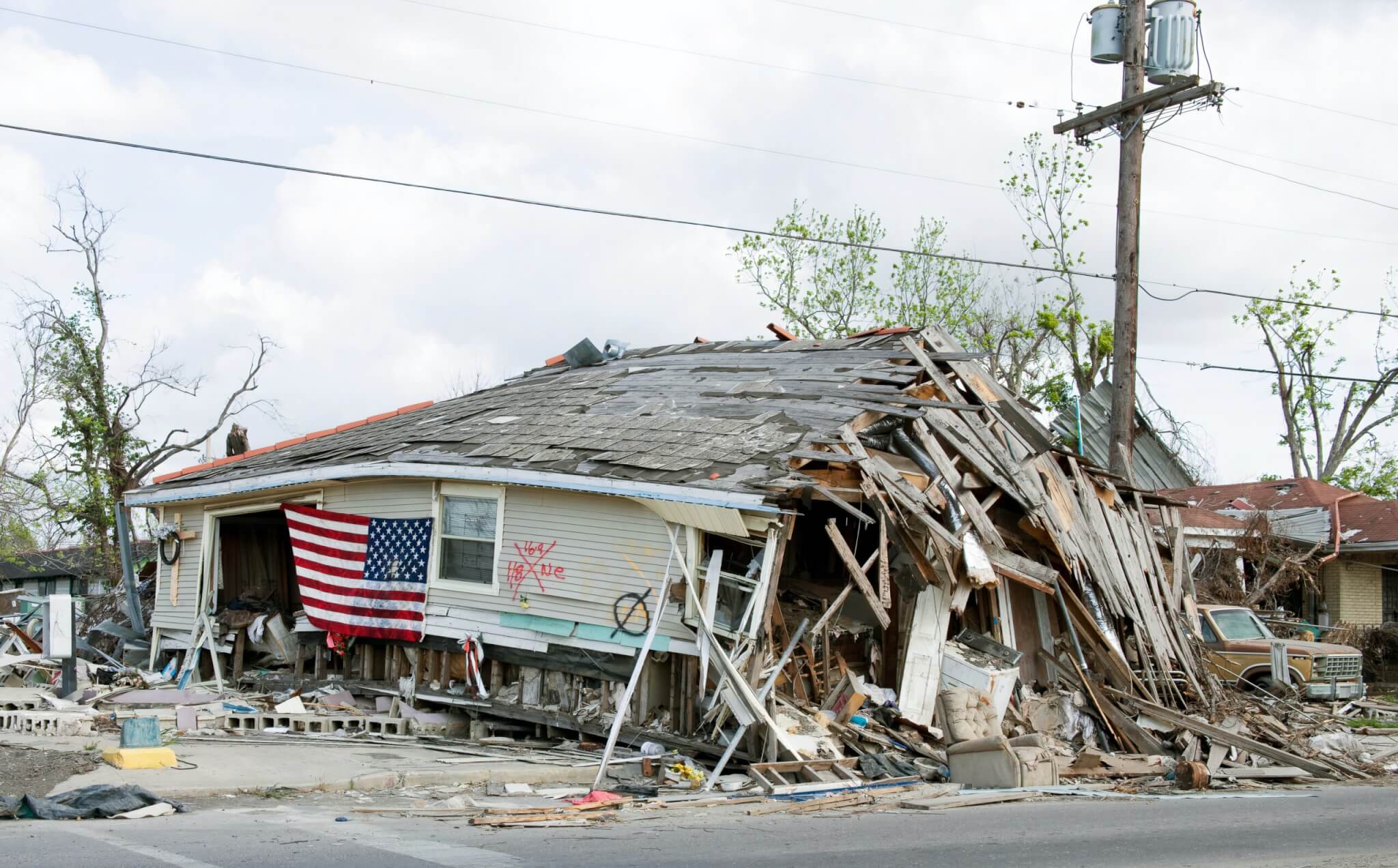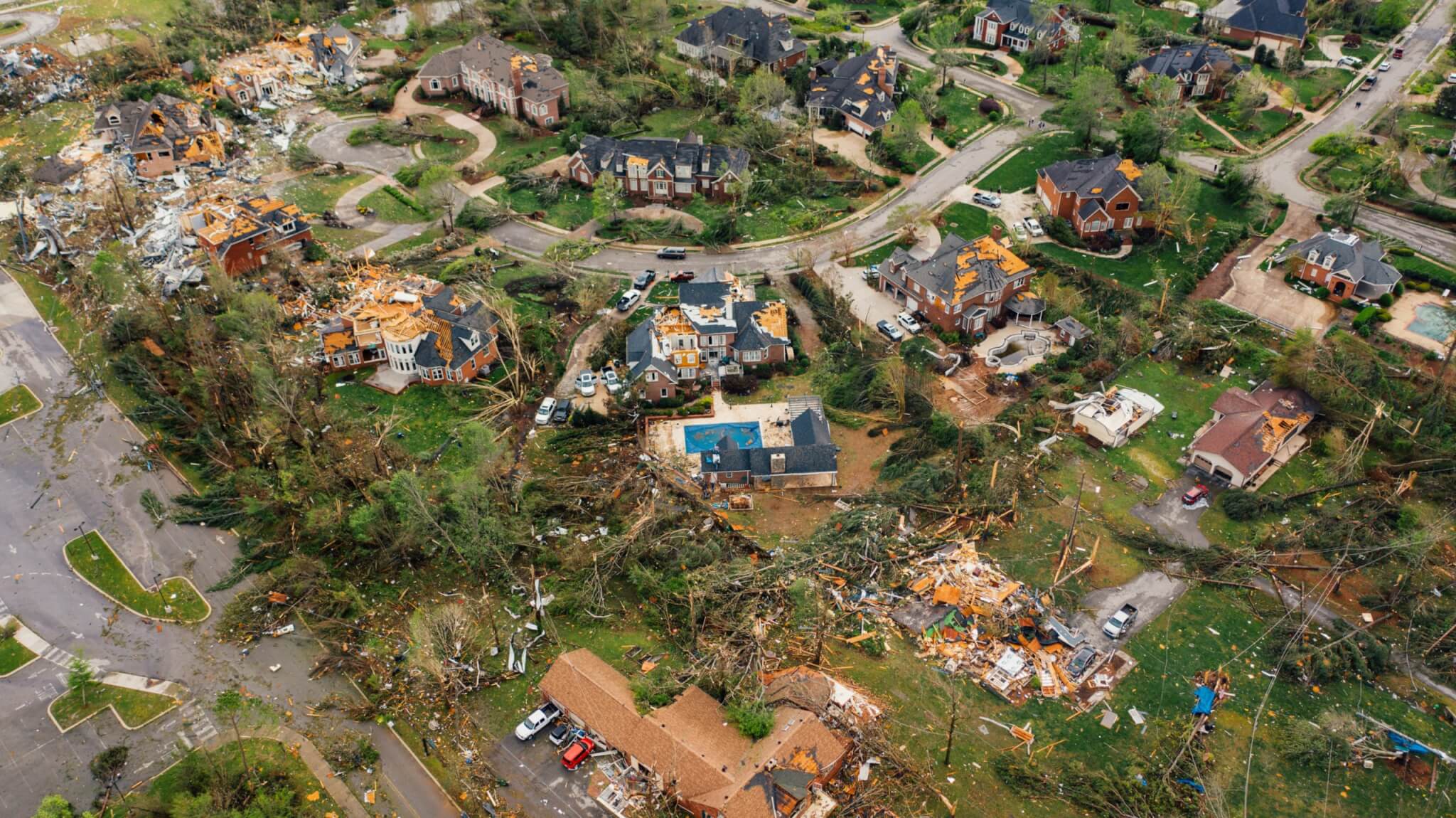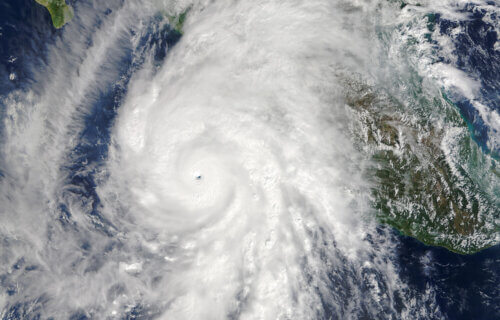BERKELEY, Calif. — With global warming and rising ocean temperatures making hurricanes even more catastrophic, climate scientists from Lawrence Berkeley National Laboratory are proposing the addition of a hypothetical Category 6 to the Saffir-Simpson Wind Scale. This update would aim to address the potential underestimation of hurricane damage risk in a warming climate.
For over five decades, the National Hurricane Center has employed the Saffir-Simpson Wind Scale to categorize hurricanes from Category 1, with winds between 74 to 95 mph, to Category 5, featuring winds of 158 mph or greater. However, climate scientists argue that the current scale’s open-ended Category 5 may not adequately communicate the risk posed by ultra-intense storms in a world facing climate change. They propose a Category 6 for storms surpassing 192 mph wind speeds, a measure that reflects their findings of increasingly powerful storms.
“Our motivation is to reconsider how the open-endedness of the Saffir-Simpson Scale can lead to underestimation of risk, and, in particular, how this underestimation becomes increasingly problematic in a warming world,” says study author Michael Wehner, a climate scientist at Berkeley Lab who has spent his career studying the behavior of extreme weather events in a changing climate, in a media release.

Wehner notes the significant impact of anthropogenic (human-caused) global warming on surface ocean and tropospheric air temperatures. These temperature increases enhance the heat energy available for storms to intensify. Their historical data analysis from 1980 to 2021 identified five storms that would qualify as Category 6, all occurring within the last nine years of their study period.
The distinction between hurricanes, typhoons, and tropical cyclones — terms that refer to the same weather phenomenon — depends on their geographical location. The study’s focus on this differentiation underscores the global nature of the issue, with implications for storm naming conventions worldwide.
Future climate simulations conducted by researchers indicate that with a global temperature increase of two degrees Celsius above pre-industrial levels, the likelihood of Category 6 storms could rise by up to 50 percent near the Philippines and double in the Gulf of Mexico. These simulations suggest that even under the Paris Agreement’s ambitious goal to limit global warming to 1.5 degrees Celsius above pre-industrial temperatures, the probability of such extreme storms remains significant, particularly in Southeast Asia, the Philippines, and the Gulf of Mexico.

“Tropical cyclone risk messaging is a very active topic, and changes in messaging are necessary to better inform the public about inland flooding and storm surge, phenomena that a wind-based scale is only tangentially relevant to. While adding a 6th category to the Saffir–Simpson Hurricane Wind Scale would not solve that issue, it could raise awareness about the perils of the increased risk of major hurricanes due to global warming,” explains study author James Kossin, climate scientist at the First Street Foundation.
“Our results are not meant to propose changes to this scale, but rather to raise awareness that the wind-hazard risk from storms presently designated as Category 5 has increased and will continue to increase under climate change.”
The researchers are not seeking immediate changes to the Saffir-Simpson Wind Scale, but say it serves as a call to acknowledge and adapt to the increasing wind-hazard risks presented by storms currently classified as Category 5. The scientists’ work emphasizes the critical link between climate change and the escalating severity of hurricanes, urging a reevaluation of how such risks are communicated to the public.
The study is published in the journal Proceedings of the National Academy of Sciences.

AGW exists only in the minds of deluded climate alarmists/ luddites.
This article is very interesting speculative new research upon the Start of the process of Plate Tectonics – – – – – it isn’t debunking plate tectonics… It’s a discussion – – – possibly quite correct – – – about the very beginning of the well-established geological process which operates today & for several billion years already
—- Its definitely no need to question “science”, or the geological time scale, or tectonics itself hey